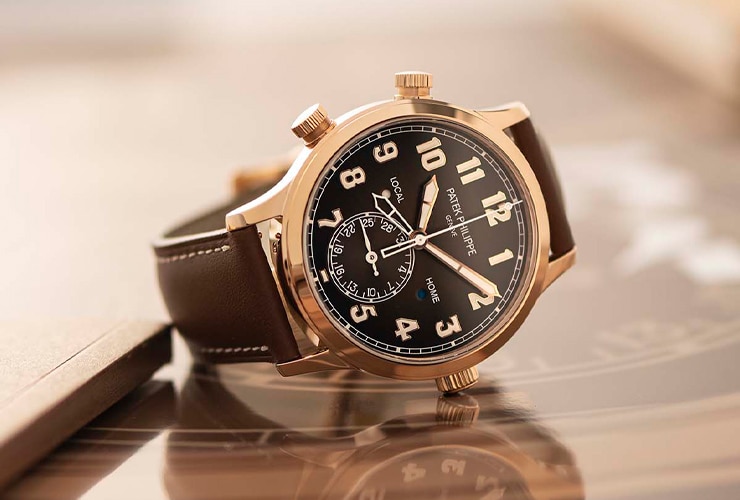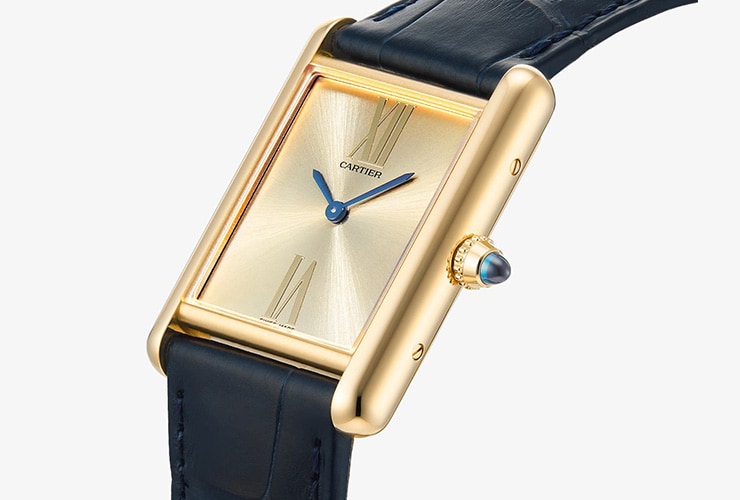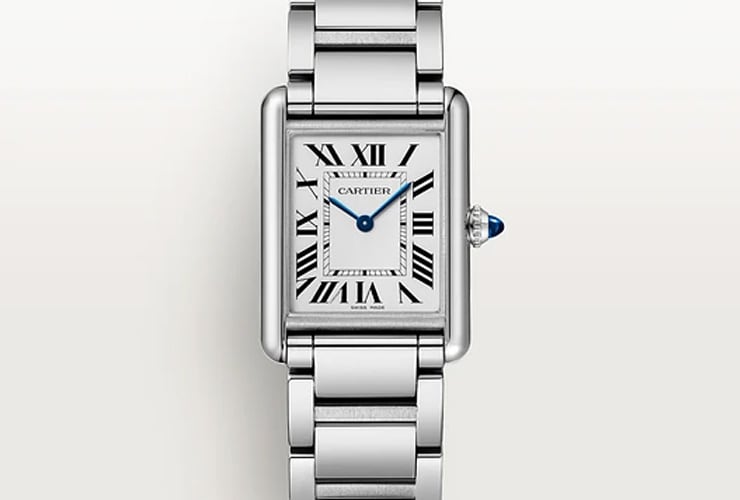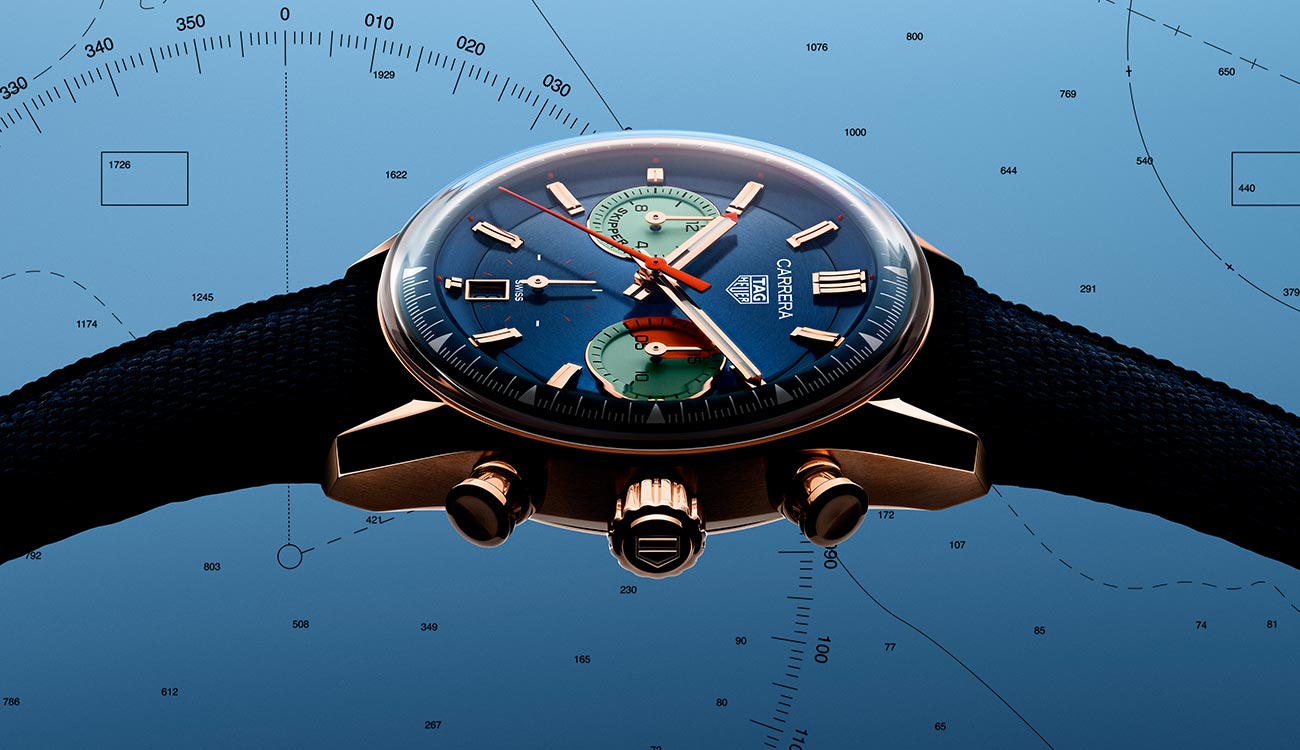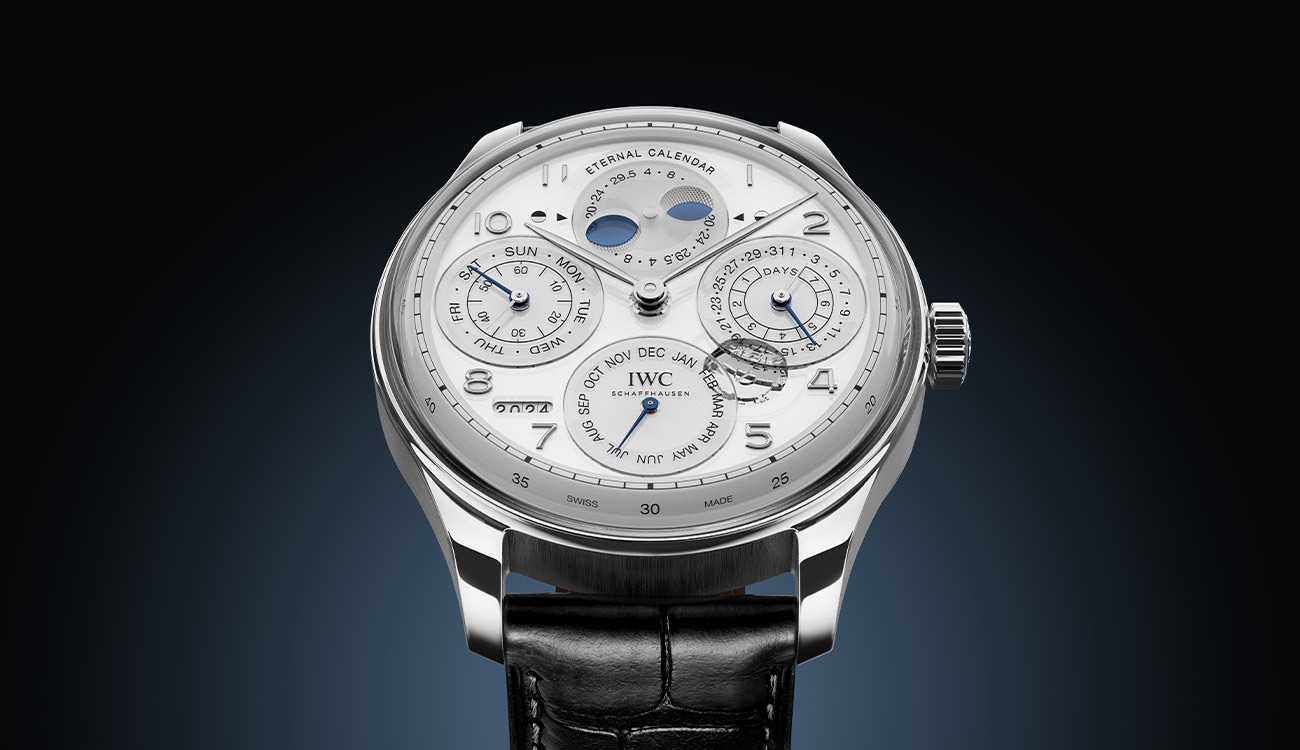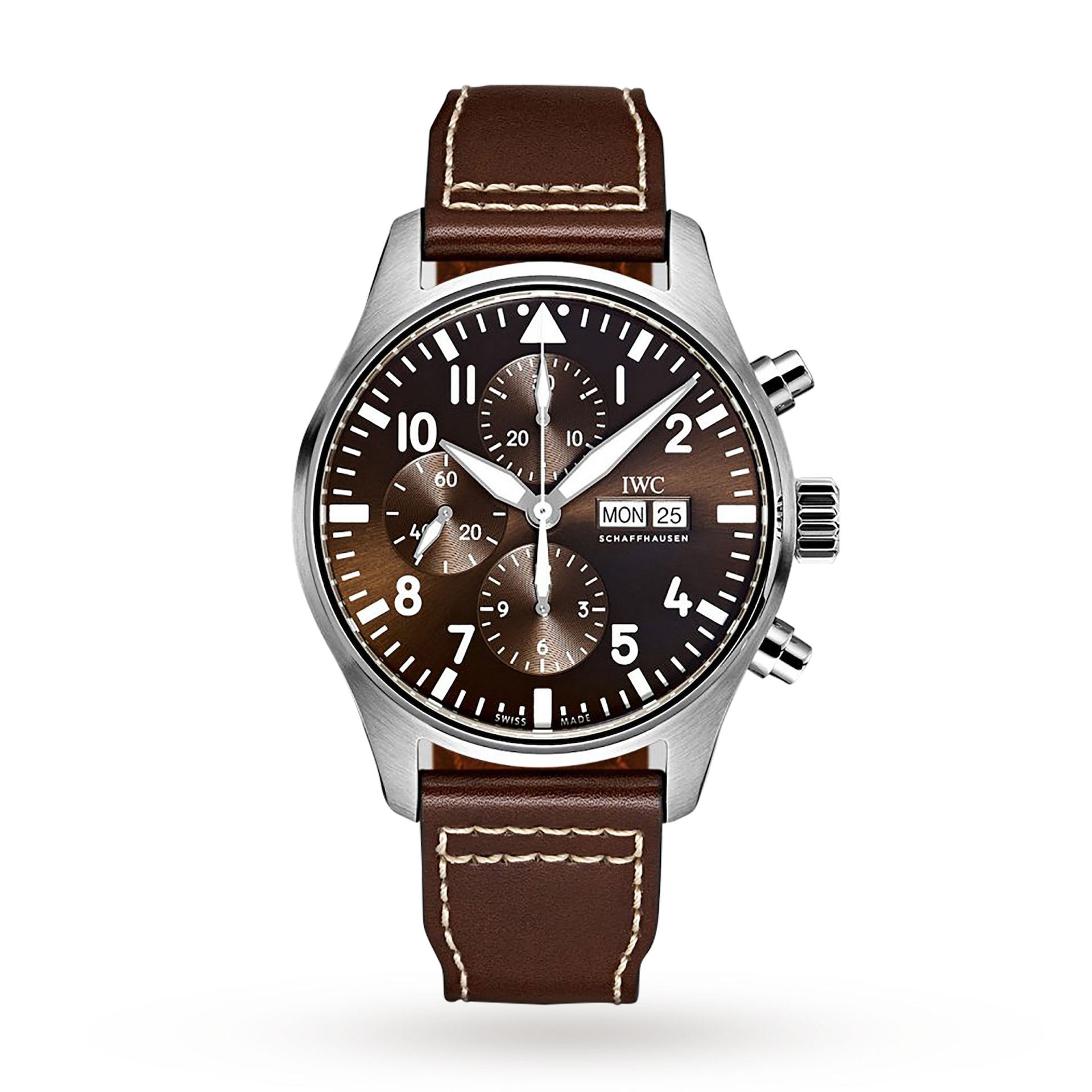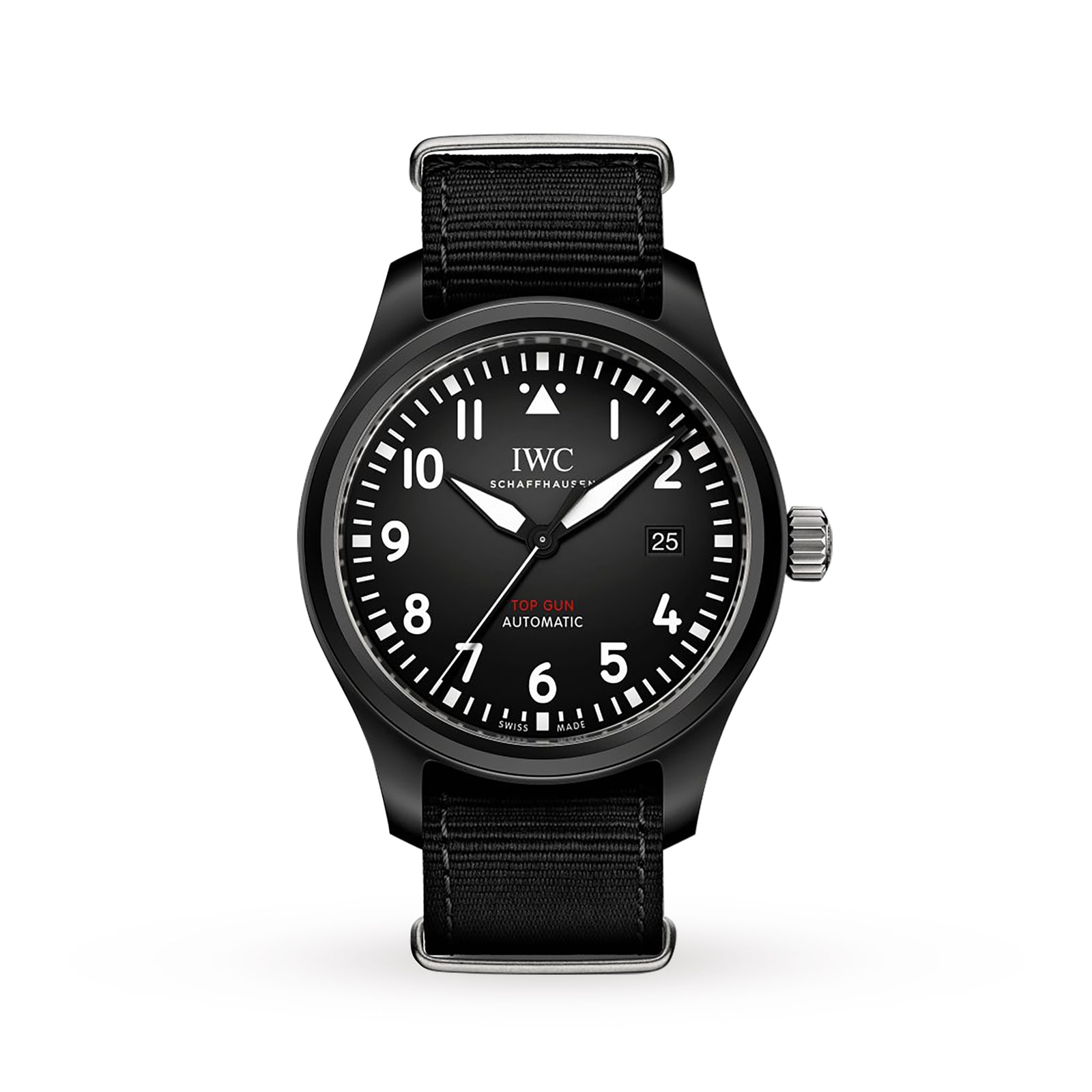Do watch partnerships mean better watches?
By Chris Hall | 3 minute read
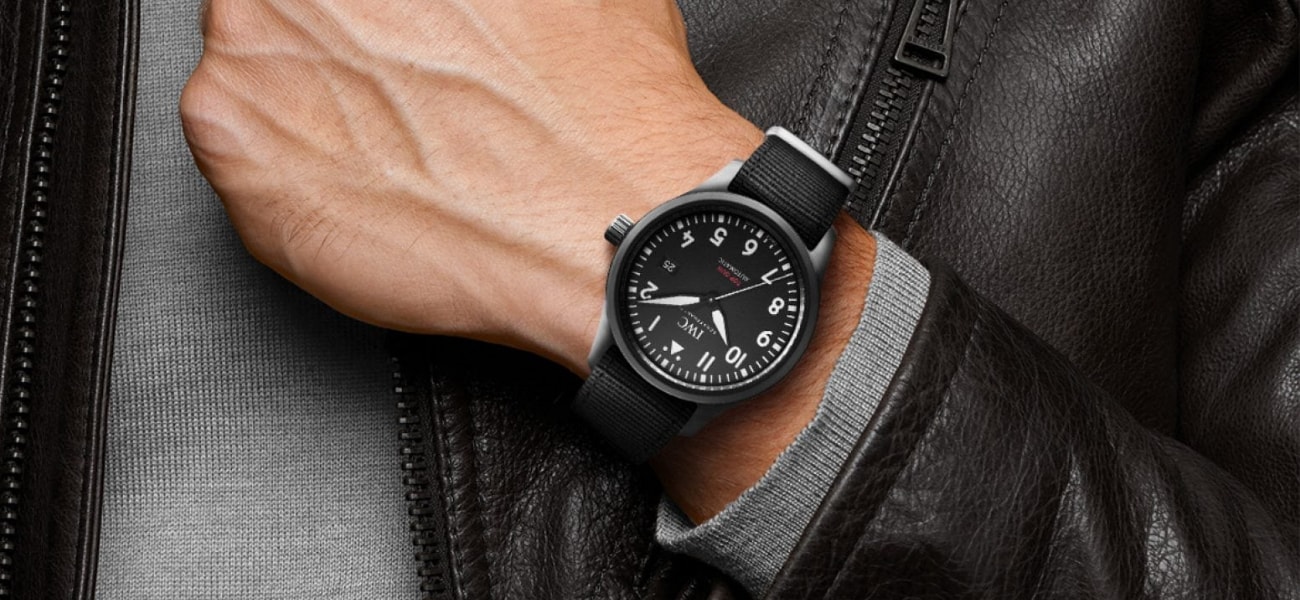
It could seem, to anyone having a really thorough day of horological window-shopping, that it's almost harder to find watches that haven't been produced under the auspices of some manner of crossover activity. Here, sir, is the Movember edition; we have one exclusively for customers in an elite San Francisco fraternity of watch collectors and this one has been produced in conjunction with the hottest street artist of 2020. Charities from mental health to marine life, institutions and retailers; athletes, musicians, artists and adventurers; literary creations, movie franchises, supercars and sailing teams - there is no limit, seemingly, to the potential for teaming up to create a run of limited-edition watches.
But what to make of it all? In the face of such fervent fraternisation, it's easy to feel overwhelmed. Is it all so much glossy marketing, carefully orchestrated to play on our passions and profit from our weakness for so-called exclusivity? Or are we witnessing a burst in creativity resulting in greater choice and more interesting watches than ever before? Can the whole really be greater than the sum of its parts?
At one end of the spectrum is the simple sponsorship agreement with an added commitment to producing some commemorative watches: you sign on the dotted line with a Premier League club, for instance, and it gives rise to a run of chronographs with the club crest front and back, likely of limited appeal to all but the most die-hard season ticket holders (of whom, it must be said, there are still enough to make it worthwhile). In a few years, contracts expire, and both parties move on. Far more interesting are the relationships that watch brands look to strike up that are intended to last a bit longer and imply a deeper connection between both parties.
Sometimes these take hold so deeply that they almost become part of the watch brand's identity. Look at how fundamentally IWC has woven Le Petit Prince, Antoine de Saint Exupery and TOP GUN ranges into its Pilot's family.
My favourite partnerships are those struck up between watch and car brands. Not for nothing do they come around so reliably. After all, watches and cars both contain at their hearts a kernel of mechanical engineering and innovation. They also have a long and genuine history in the field: for a few glorious decades the analogue timer was a necessary part of motorsport, and the mechanical chronograph became equally indispensable in the pit lane. Today, as titans like Ferrari, Lamborghini and Mercedes-Benz join forces with Switzerland's biggest luxury group brands, there is no doubt that these are marketing agreements, with contracts as carefully scrutinised as any hand-polished component. But some romance remains, and in the eye of the customer, the successes and failures of these tie-ups matter more than others.
Partly, it's because the partnership invites a close comparison of the two players. Is Breitling really the Bentley of the watch world, or vice versa? Getting it right is a fiddly business: does it innately feel like the customer for one would be a customer for the other? For this reason, some relationships seem like they're meant to be: Roger Dubuis and Lamborghini is an example of a perfect match, as is McLaren and Richard Mille.
Also, when watches meet cars, unlike say, cigars, or shoes, there is scope for more of a genuine exchange of ideas; Flavio Manzoni at Ferrari involved himself in the design process for Hublot's partnership pieces, and the results were all the more convincing for his input.
Collaboration may not always be baked into such partnerships - IWC has never played up MercedesAMG's role in its watch design and yet has enjoyed nearly two decades of conferred approval (let's admit, the benefits flow mostly in one direction). But outside of horology, 'X' designs have been prevalent for years, and now watchmakers are joining the surge from Swatch to Seiko. The more hands-on the collab, the better; buyers want to know that a designer really did roll up his or her sleeves and create a watch - something Rado excels in facilitating - or that a craftsperson from a different discipline has brought something not otherwise found in watchmaking. And the more collaborators, the better, too - witness the fully-engraved, turquoisedialled Franck Muller Casablanca created by Bamford Watch Department, King Nerd and artist Daniel Arsham. On paper, it sounds like an acquired taste, but with the energy of all four behind it, the limited run sold out almost immediately. More than the sum of its parts? I'll say.
Chris Hall, Senior Watch Editor
© 2025 Watches of Switzerland
Watches of Switzerland is a trading name of Watches of Switzerland Company Limited. Registered Office: Aurum House, 2 Elland Road, Braunstone, Leicester, LE3 1TT, Registered in England and Wales, Company number 00146087. Registered VAT Number 834 8634 04. Watches of Switzerland Company Limited acts as a broker and not a lender and offers finance from Secure Trust Bank PLC trading as V12 Retail Finance and PayPal UK Ltd, 5 Fleet Place, London, United Kingdom, EC4M 7RD trading as PayPal Credit. Watches of Switzerland Company Limited is authorised and regulated by the Finance Conduct Authority. Our registration number is 308710. *Credit is provided subject to affordability, age and status. Minimum spend applies. Terms and Conditions apply. UK residents only. Not all products are regulated by the Financial Conduct Authority and FOS protection will not be extended to unregulated agreements. Please note the Consumer Credit Act states that should your purchase / loan amount cost more than £30,000 you will not be covered under Section 75 of the Consumer Credit Act.
*Next day delivery available on most items. See product pages for more information.

